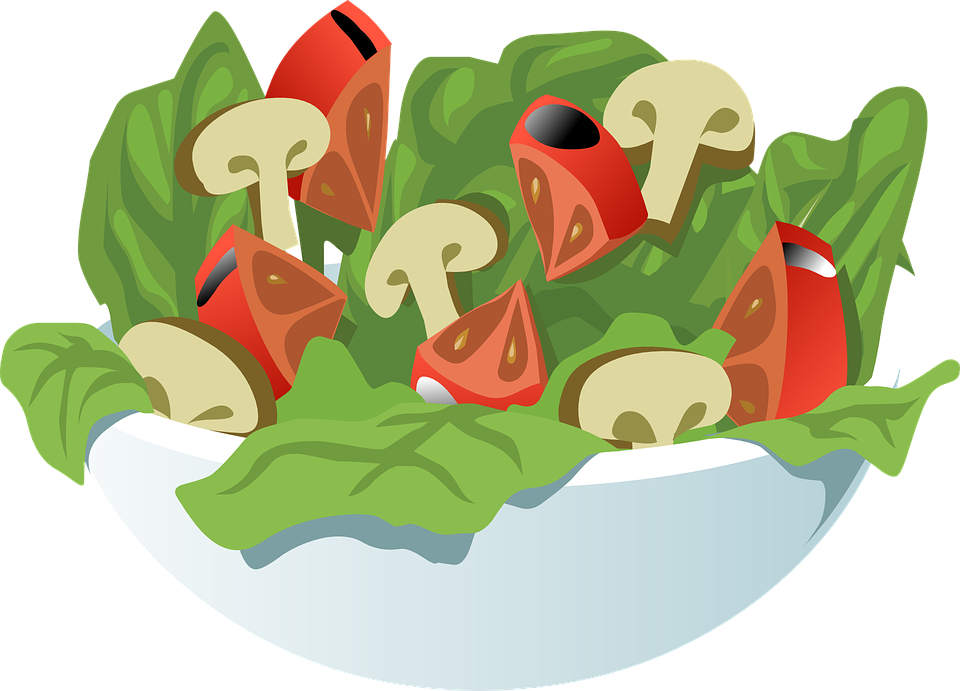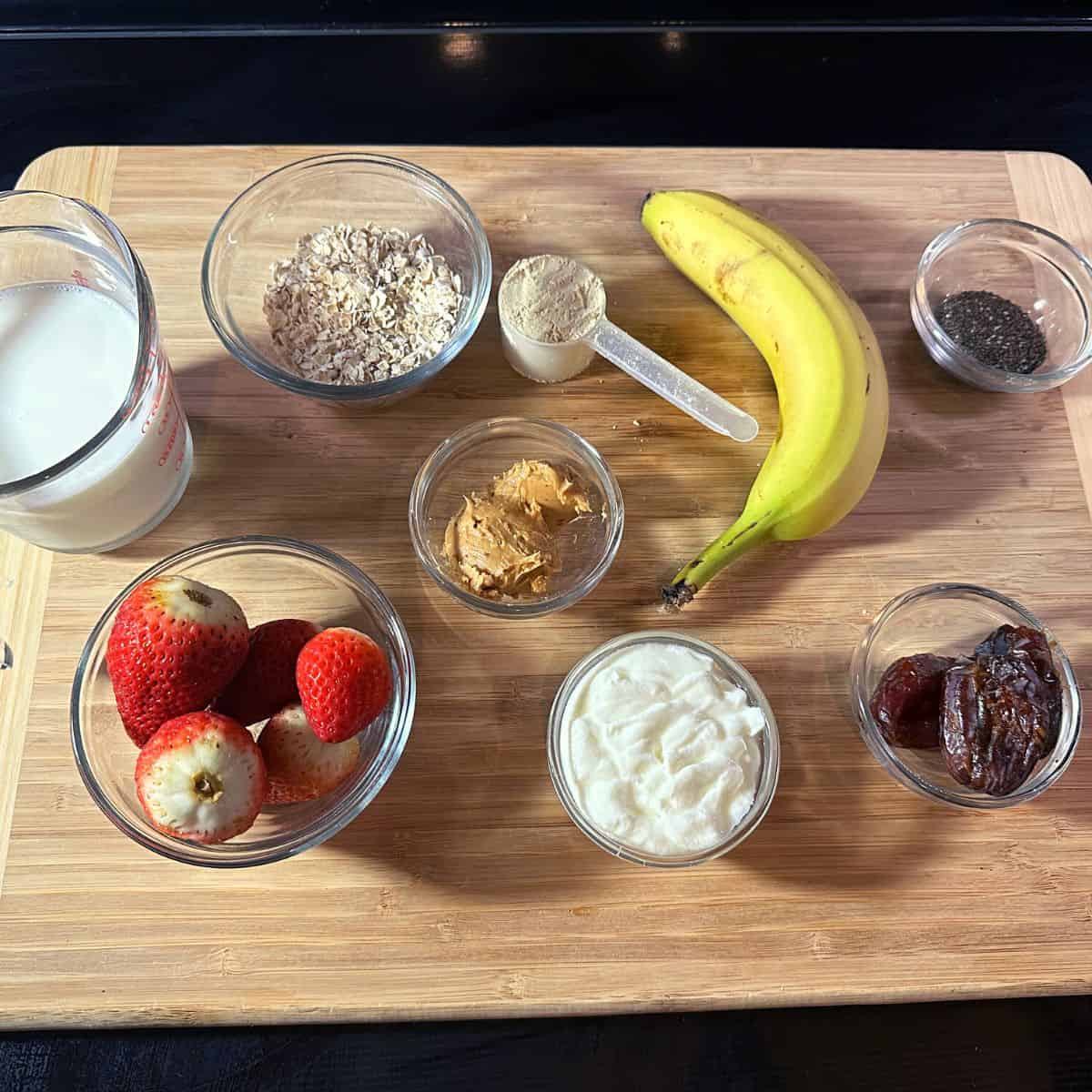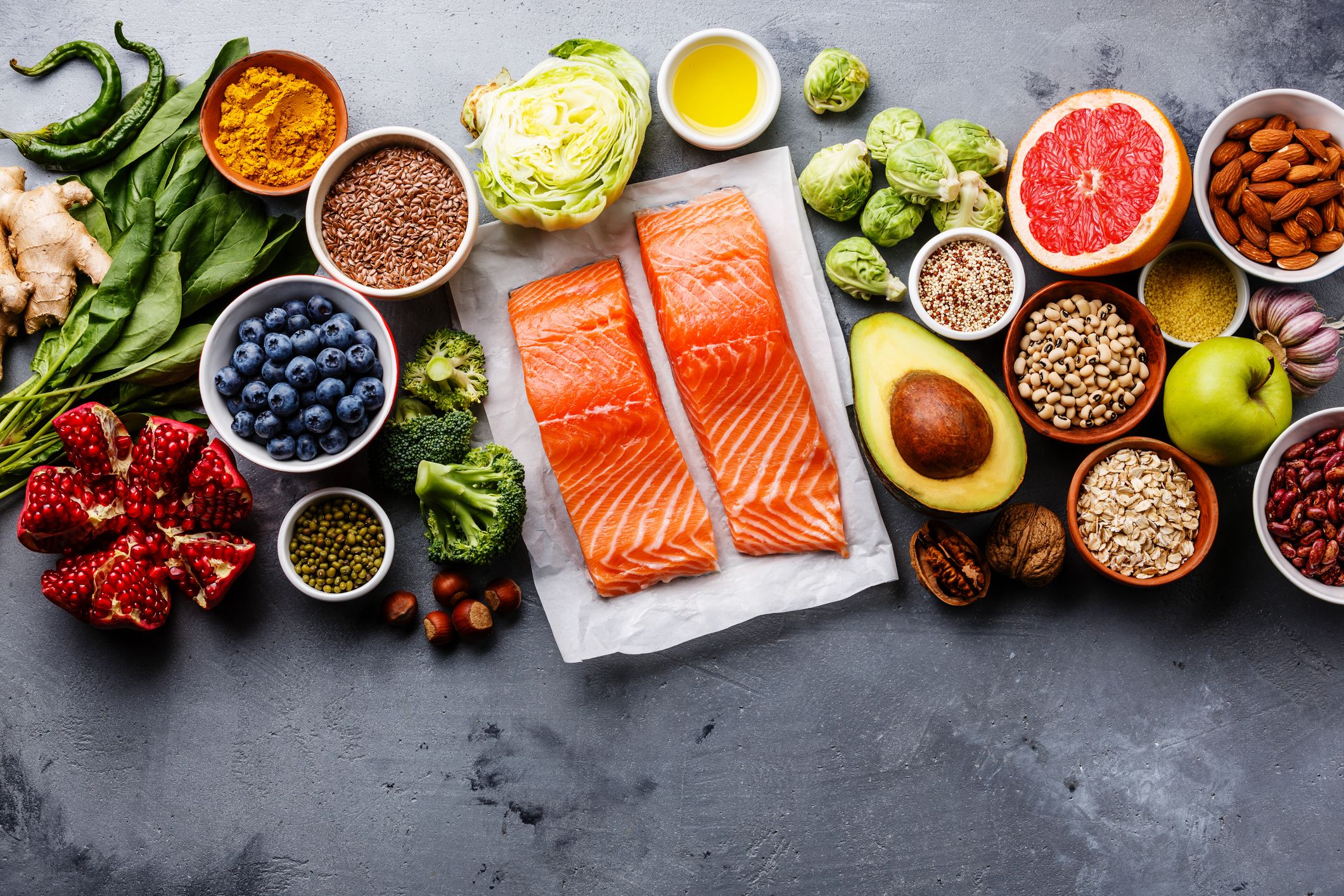We have many choices every day about what we eat and drink. Discretionary food is higher in saturated fats, added salt, sugar, and kilojoules. The Dietary Guidelines recommends that we select foods from all five food groups, and limit those that are high in saturated fat, salt, and sugar.
Discretionary food has become more affordable, easier and attractive than ever. Recent surveys on eating habits show that we choose discretionary food and drink too often, which means we consume too many calories and don’t get enough nutrients from the five food categories.
What are you doing now?
To ensure a healthy balanced diet and control your weight, the first thing you need to do is take stock of how you are doing now. You can use the table above to determine how many servings you need of each food group for your age and gender.
You can also use the summary of dietary guidelines to get useful hints about how you should direct your efforts.
There are too many foods and beverages that you can buy at will
Replace discretionary snacks with snacks that come from the five food categories.
Choose desserts that are based on low-fat milk, yogurts or fruit.
Take leftovers or meals from the previous night or the freezer for lunch instead of ordering in or buying instant food.
Limiting foods and beverages high in alcohol, salt, sugar, and saturated fat
Dietary guidelines suggest that we limit the amount of added salt, sugars, alcohol and saturated fat we consume and drink.
By swapping discretionary food with foods from the five main food groups, you can reduce your intake of saturated fats, added salts and added sugars and get more fibre. This will help you lose weight and limit your kilojoules.
Comparing products by reading the labels is a good way to reduce saturated fats, added sugars and salt, as well as kilojoules.
Planning ahead is also useful for dining out.
To limit the amount of discretionary food and drink and to avoid extra kilojoules, you can also focus on smaller portions and eat more “mindfully”.
The majority of people have favourites when it comes to discretionary food and drink. Some people love sweets and chocolate while others enjoy savory foods. Some people prefer a good glass of wine to anything else. The first step in reducing discretionary food is to be selective. Only buy those foods that you like and only purchase the highest quality.
Second, consider how little we can eat and still enjoy the food. The first few mouthfuls are the most enjoyable, and after that our enjoyment begins to decrease. We don’t always need a big portion. Even if we eat a smaller amount, it’s still delicious. We may only need a small taste. It is better to get small portions of discretionary food more often than a larger portion only occasionally.
The key to eating smaller portion is ‘mindfully.’ It means to remove all distractions, or wait until they are gone. Then focus on eating and enjoying the food with your entire senses. Slowly eat, focusing on how the food feels, looks, smells and tastes in your mouth.



